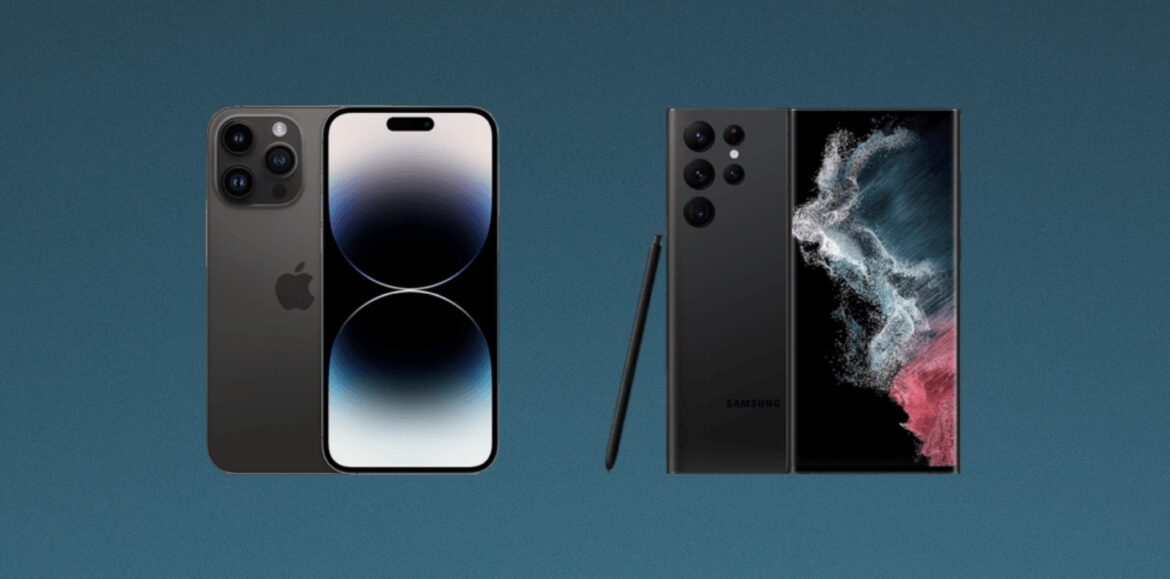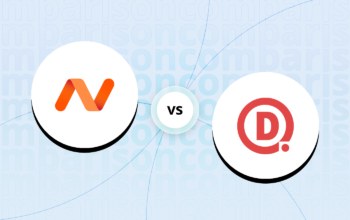The rivalry between Apple and Samsung has long been at the forefront of the smartphone market. With each new release, both companies aim to outdo one another, showcasing their technological prowess and innovative features. In this article, we compare two highly anticipated smartphones, the iPhone 14 and the Samsung Galaxy S23, to see how they stack up against each other. From design and display to performance and camera capabilities, let’s delve into the world of these flagship devices and determine which one might come out on top.
Design and Display
When it comes to design, Apple has always been known for its sleek and minimalist approach, while Samsung tends to offer more versatility and customization options. The iPhone 14 is rumored to feature a refined design with slimmer bezels and a smaller notch, giving it a more immersive display. On the other hand, the Samsung Galaxy S23 is expected to continue its tradition of curved-edge displays and a slim profile. It may offer a higher screen-to-body ratio, providing a more expansive visual experience. Ultimately, the choice between these two will depend on personal preferences, with Apple catering to those who prefer simplicity and Samsung appealing to users who appreciate a bolder and more customizable design.
Performance and Software
Both the iPhone 14 and the Samsung Galaxy S23 are expected to come equipped with powerful hardware that pushes the boundaries of mobile performance. Apple is likely to introduce its next-generation A-series chip, which is expected to offer significant improvements in speed, power efficiency, and AI capabilities. On the other hand, Samsung is rumored to use its Exynos or Qualcomm Snapdragon processors, ensuring seamless multitasking and smooth gaming experiences. In terms of software, the iPhone 14 will likely run on the latest iteration of iOS, while the Galaxy S23 will come with Samsung’s One UI, based on the Android operating system. Choosing between iOS and Android largely depends on individual preferences, as both platforms have their own unique features and ecosystems.
Camera Capabilities
Camera technology has become a key battleground for flagship smartphones, and the iPhone 14 and Samsung Galaxy S23 are expected to deliver exceptional photography experiences. Apple is rumored to enhance its camera system, potentially incorporating a larger sensor, improved low-light performance, and advanced computational photography features. Samsung, known for its impressive camera setups, may introduce new advancements such as higher megapixel counts, improved zoom capabilities, and enhanced image stabilization. Both devices are likely to offer an array of shooting modes, including night mode, portrait mode, and high-resolution video recording. Ultimately, it will be interesting to see which device offers the most compelling and innovative camera features.
Battery Life and Charging
Battery life is a crucial factor for smartphone users, and both Apple and Samsung are aware of its importance. The iPhone 14 is anticipated to feature a larger battery capacity compared to its predecessors, resulting in improved battery life. Additionally, Apple may introduce faster charging technology, allowing users to quickly replenish their device’s battery. Samsung, known for its fast-charging capabilities, may continue to offer its Adaptive Fast Charging or even introduce more advanced technologies like wireless charging. It remains to be seen which device will excel in terms of battery life and charging options, but users can expect advancements from both companies.
Additional Features
In addition to the core features mentioned above, the iPhone 14 and Samsung Galaxy S23 are likely to offer various other functionalities. Apple may introduce new biometric authentication methods, such as an under-display fingerprint scanner or advanced facial recognition technology. Samsung might include an S Pen stylus support for the Galaxy S23, further blurring the lines between its Galaxy S and Galaxy Note series. Other features to anticipate include 5G connectivity, improved audio quality, water and dust resistance, and expanded storage options. Both devices are expected to provide a range of storage capacities to suit different user needs, with the possibility of expandable storage options for the Samsung Galaxy S23.
Price and Availability
Pricing and availability are essential considerations for potential buyers. Apple’s iPhones have traditionally been positioned as premium devices, often carrying a higher price tag compared to their competitors. The iPhone 14 is expected to follow this trend, with pricing likely to be on the higher end of the spectrum. On the other hand, Samsung has a broader range of smartphone offerings, catering to different budget segments. While the Galaxy S23 is still likely to be a high-end flagship, it may be relatively more affordable than the iPhone 14. Availability will depend on the release schedules of both companies, but it is expected that both devices will be widely available globally.
User Experience and Ecosystem
When choosing between the iPhone 14 and the Samsung Galaxy S23, the overall user experience and ecosystem play a significant role. Apple has cultivated a strong ecosystem with seamless integration between its devices, such as iPhones, iPads, Macs, and Apple Watches. The continuity and convenience offered by the Apple ecosystem are appealing to users who value a unified experience across multiple devices. Samsung, on the other hand, offers a diverse ecosystem that includes smartphones, tablets, smartwatches, and other connected devices. With Samsung’s integration of services like Samsung Pay, Bixby, and SmartThings, users can benefit from a comprehensive ecosystem within the Android platform.
In the battle of flagship smartphones, the iPhone 14 and the Samsung Galaxy S23 represent the pinnacle of technology and innovation. Both devices are expected to offer cutting-edge features, stunning displays, powerful performance, and advanced camera capabilities. The choice between these two devices ultimately boils down to personal preferences, considering factors such as design, software ecosystem, camera quality, battery life, and pricing. Whether you gravitate towards the simplicity and cohesive ecosystem of Apple or the customization options and versatility of Samsung, both devices are poised to deliver exceptional experiences. As always, it’s essential to carefully assess your needs, preferences, and budget before making a decision that aligns with your requirements and enhances your smartphone experience.




